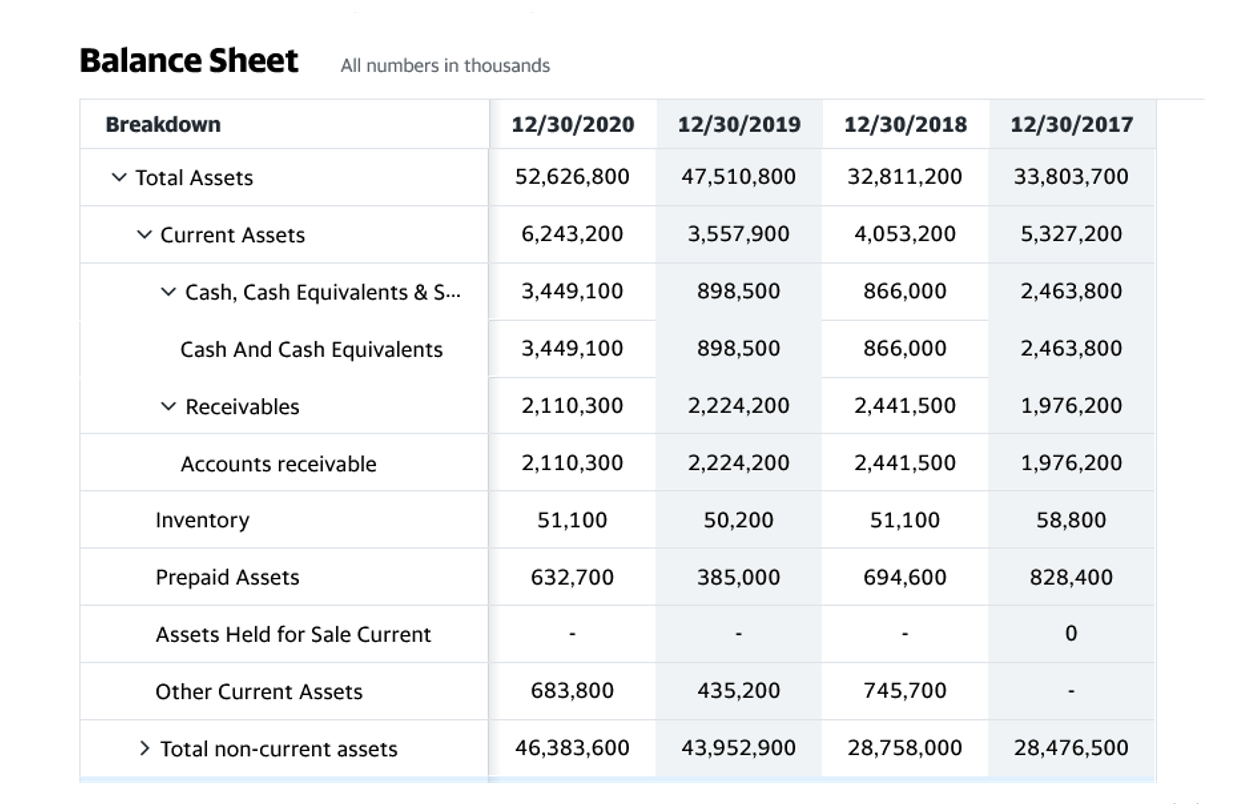EasyCalculation offers a simple tool for working out your ARR, although there are many different ARR calculators online to explore. Our writing and editorial staff are a team of experts holding advanced financial designations and have written for most major financial media publications. Our work has been directly cited by organizations including Entrepreneur, Business Insider, Investopedia, Forbes, CNBC, and many others.
HighRadius Autonomous Accounting Application consists of End-to-end Financial Close Automation, AI-powered Anomaly Detection and Account Reconciliation, and Connected Workspaces. Delivered as SaaS, our solutions seamlessly integrate bi-directionally with multiple systems including ERPs, HR, CRM, Payroll, and banks. Get granular visibility into your accounting process to take full control all the way from transaction recording to financial reporting. In this blog, we delve into the intricacies of ARR using examples, understand the key components of the ARR formula, investigate its pros and cons, and highlight its importance in financial decision-making.
The Wharton Online and Wall Street Prep Private Equity Certificate Program
Since ARR is based solely on accounting profits, ignoring the time value of money, it may not accurately project a particular investment’s true profitability or actual economic value. In addition, ARR does not account for the cash flow timing, which is a critical component of gauging financial sustainability. By comparing the average accounting profits earned on a project to the average initial outlay, a company can determine if the yield on the potential investment is profitable enough to be worth spending capital on. The Accounting Rate of Return formula is straight-forward, making it easily accessible for all finance professionals. It is computed simply by dividing the average annual profit gained from an investment by the initial cost of the investment and expressing the result in percentage.
If you are using excel as a tool to calculate ARR, here are some of the most important steps that you can take. A company decided to purchase a fixed asset costing $25,000.This fixed asset would help the company increase its revenue by $10,000, and it would incur around $1,000. Accounting Rate Of Return is also known as the simple rate of return because it doesn’t take into account the concept of the time value of money, which states that the present value of money is worth more now than in the future. XYZ Company is considering investing in a project that requires an initial investment of $100,000 for some machinery. There will be net inflows of $20,000 for the first two years, $10,000 in years three and four, and $30,000 in year five.
The ARR is the annual percentage return from an investment based on its initial outlay. The required rate of return (RRR), or the hurdle rate, is the minimum return an investor would accept for an investment or project that compensates them for a given level of risk. It is calculated using the dividend discount model, which accounts for stock price changes, or the capital asset pricing model, which compares returns to the market.
How Does Depreciation Affect the Accounting Rate of Return?
Accounting Rates of Return are one of the most common tools used to determine an investment’s profitability. It can be used in many industries and businesses, including non-profits and governmental agencies. The accounting rate of return (ARR) is an indicator of the performance or profitability of an investment. The total profit from the fixed asset investment is $35 million, which we’ll divide by five years to arrive at an average net income of $7 million. The annual recurring revenue (ARR) metric is a company’s total recurring revenue expressed on an annualized basis.
In terms of decision making, if the ARR is equal to or greater than a company’s required rate of return, the project is acceptable because the company will earn at least the required rate of return. The accounting rate of return is a simple calculation that does not require complex math and allows managers to compare ARR to the desired minimum required return. For example, if the minimum required return of a project is 12% and ARR is 9%, a manager will know not to proceed with proper use of trademarks and trademark symbols the project. There are a number of formulas and metrics that companies can use to try and predict the average rate of return of a project or an asset.
This is when it is compared to the initial average capital cost of the investment. Accounting rate of return (also known as simple rate of return) is the ratio of estimated accounting profit of a project to the average investment made in the project. ARR estimates the anticipated profit bookkeeping services st petersburg from an investment by calculating the average annual profit relative to the initial investment. The Accounting Rate of Return (ARR) is a corporate finance statistic that can be used to calculate the expected percentage rate of return on a capital asset based on its initial investment cost.
The average book value is the sum of the beginning and ending fixed asset book value (i.e. the salvage value) divided by two. The ending fixed asset balance matches our salvage value assumption of $20 million, which is the amount the asset will be sold for at the end of the five-year period. The ARR metric factors in the revenue from subscriptions and expansion revenue (e.g. upgrades), as well as the deductions related to canceled subscriptions and account downgrades. Annual Recurring Revenue (ARR) estimates the predictable revenue generated per year by a SaaS company from customers on either a subscription plan or a multi-year contract. Remember that you may need to change these details depending on the specifics of your project. Overall, however, this is a simple and efficient method for anyone who wants to learn how to calculate Accounting Rate of Return in Excel.
Do you own a business?
Therefore, this means that for every dollar invested, the investment will return a profit of about 54.76 cents. If the ARR is equal to 5%, this means that the project is expected to earn five cents for every dollar invested per year.
On the other hand, IRR provides a refined analysis, factoring in cash flow timing and magnitude. It represents the yield percentage a project is expected to deliver over its useful life. Instead of initial investment, we can also take average investments, but the final answer may vary depending on that.
11 Financial’s website is limited to the dissemination of general information pertaining to its advisory services, together with access to additional investment-related information, publications, and links. The Accounting Rate of Return is the overall return on investment for an asset over a certain time period. The average book value refers to the average between the beginning and ending book value of the investment, such as the acquired fixed asset. In this example, there is a 4% ARR, meaning the company will receive around 4 cents for every dollar it invests in that fixed asset. This 31% means that the company will receive around 31 cents for every dollar it invests in that fixed asset.
Incompatibility with discounted cash flow methods
- It should therefore always be used alongside other metrics to get a more rounded and accurate picture.
- It is crucial to record the return on your investment using programs like Microsoft Excel or Google Sheets to keep track of it.
- Since ARR represents the revenue expected to repeat into the future, the metric is most useful for tracking trends and predicting growth, as well as for identifying the strengths (or weaknesses) of the company.
- By submitting this form, you consent to receive email from Wall Street Prep and agree to our terms of use and privacy policy.
- In this regard, ARR does not include the time value of money, where the value of a dollar is worth more today than tomorrow.
- Get instant access to lessons taught by experienced private equity pros and bulge bracket investment bankers including financial statement modeling, DCF, M&A, LBO, Comps and Excel Modeling.
The accounting rate of return is a capital budgeting metric to calculate an investment’s profitability. Businesses use ARR to compare multiple projects to determine each endeavor’s expected rate of return or to help decide on an investment or an acquisition. The ARR formula calculates the return or ratio that may be anticipated during the lifespan of a project or asset by dividing the asset’s average income by the company’s initial expenditure. The present value of money and cash flows, which are often crucial components of sustaining a firm, are not taken into account by ARR. The accounting rate of return (ARR) formula divides an asset’s average revenue by the company’s initial investment to derive the ratio or return generated from the net income of the proposed capital investment.
Mr. Arora is an experienced private equity investment professional, with experience working across multiple markets. Rohan has a focus in particular on consumer and business services transactions and operational growth. Rohan has also worked at Evercore, where he also spent time in private equity advisory. The main difference is that IRR is a discounted cash flow formula, while ARR is a non-discounted cash flow formula. One of the easiest ways to figure out profitability is by using the accounting rate of return. If you’re making long-term investments, it’s important that you have a healthy cash flow to deal with any unforeseen events.
This is a solid tool for evaluating financial performance and it can be applied across multiple industries and businesses that take on projects with varying degrees of risk. Next, we’ll build a roll-forward schedule for the fixed asset, in which the beginning value is linked to the initial investment, and the depreciation expense is $8 million each period. Suppose you’re tasked with calculating the accounting rate of return from purchasing a fixed asset using the following assumptions. If the project generates enough profits that either meet or exceed the company’s “hurdle rate” – i.e. the minimum required rate of return – the project is more likely to be accepted (and vice versa). Unlike ARR, IRR employs complex algebraic formulas, considering the time value of money by discounting all cash flows to their present value. This detailed approach, giving more weightage to current cash flows, enables IRR to assess investment opportunities comprehensively.
































